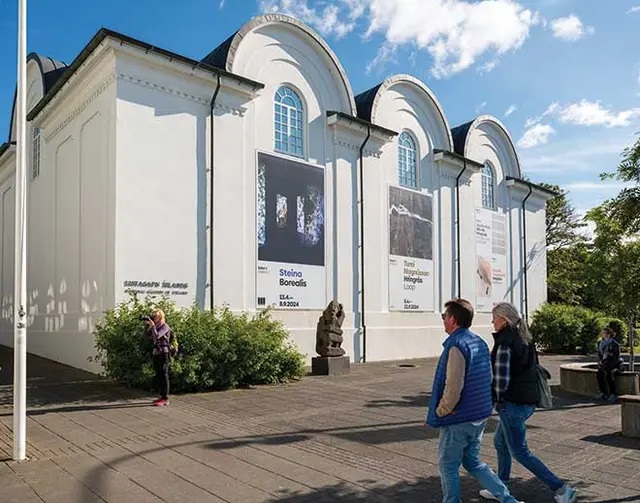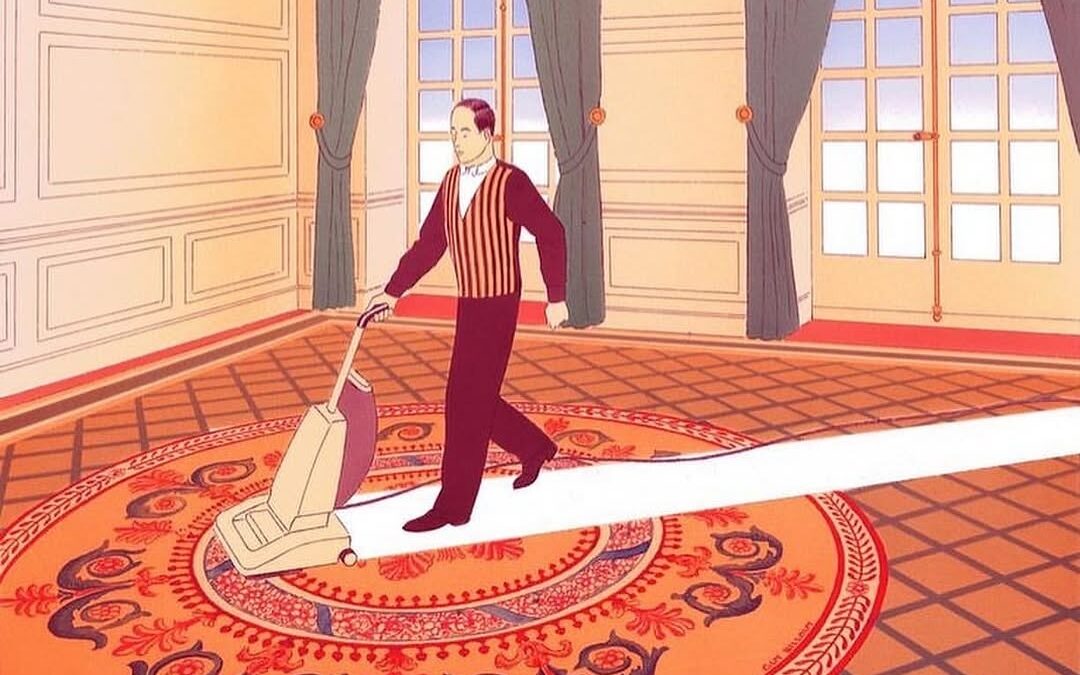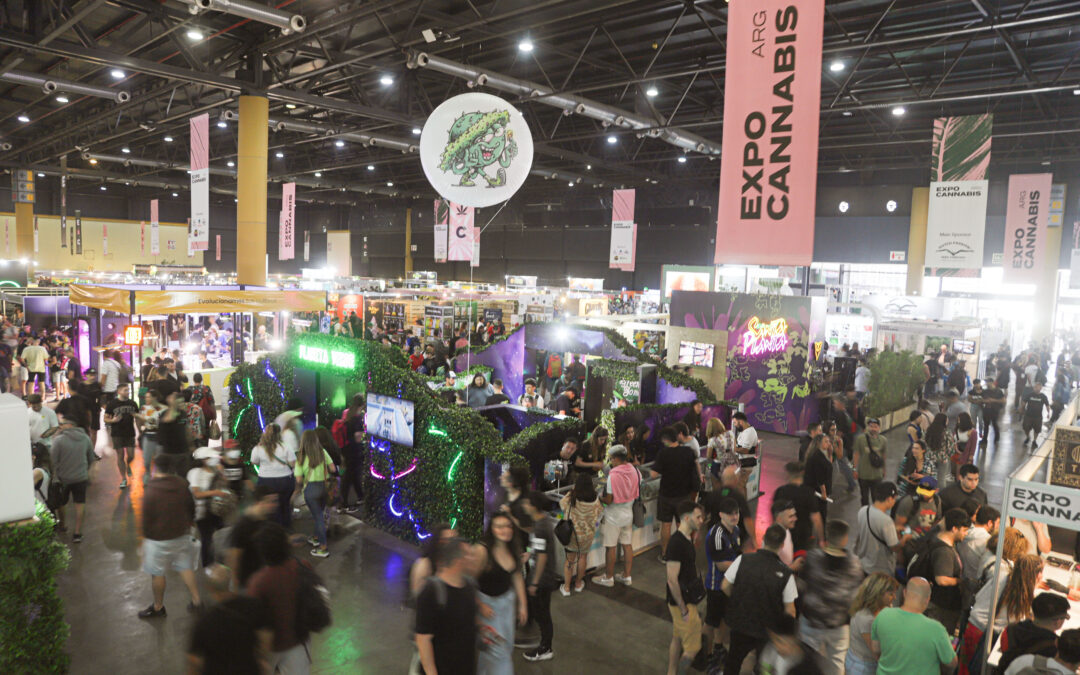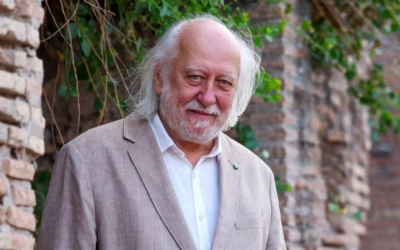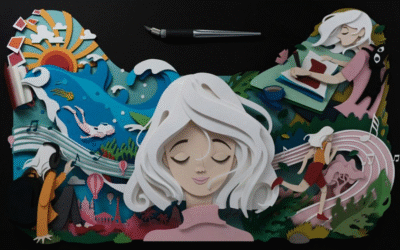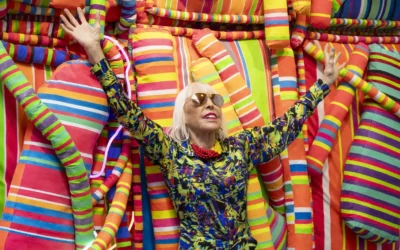Iceland is planning a major renovation of its National Gallery, aiming to improve the conditions and raise the profile of Icelandic art both locally and internationally.
A renewed space for Icelandic art
Iceland’s Minister of Culture, Lilja Alfreðsdóttir, is advocating for the creation of a new world-class space to house the national art collection, currently spread across three locations in Reykjavik.
This need for a new space emerged following a report highlighting significant deficiencies in the existing museum facilities, prompting consideration of a new development for the Iceland National Gallery.
The current state of the gallery
The Iceland National Gallery currently holds around 16,000 artworks, mainly from the 19th and 20th centuries, across three sites in Iceland’s capital. Its main location is at Fríkirkjuveg, opposite the picturesque Tjörnin Lake in central Reykjavik.
The gallery also includes the recently opened House of Collections and the home studio of painter Ásgrímur Jónsson, which is open to the public by appointment.
Despite the significance of these locations, a report presented in April 2023 identified that the current facilities are inadequate for preserving, researching, and efficiently displaying the history of Icelandic art. According to Mikkel Bogh, former director of the Statens Museum for Kunst in Copenhagen, the exhibition spaces face “significant limitations,” while the main museum’s entrance, which is somewhat “hidden away,” does not reflect the importance of the site. Additionally, the conditions for the preservation and storage of artworks were deemed alarming, putting key pieces of the collection at risk.
Future vision for the Iceland national gallery
The report underscored the need for proper space to allow the gallery to showcase and preserve the country’s most important artworks. Lilja Alfreðsdóttir, who is spearheading the project, released a policy paper in May 2023 detailing an action plan to strengthen Iceland’s art sector and give it greater local and international visibility. This plan includes forming a group of independent experts to create a long-term vision for developing a world-class Iceland National Gallery.
The minister envisions a new visual arts museum located near the bay, adjacent to the Harpa concert hall, with easy access by bike or on foot. The cost of this new infrastructure is estimated at 15 billion Icelandic krona (approximately $108 million), a figure Alfreðsdóttir believes is achievable given Iceland’s projected economic growth in the coming years.
Expansion proposal and architectural competition
Several solutions have been proposed for this ambitious project, ranging from expanding the current site at Fríkirkjuveg to building a completely new space elsewhere in the city. This new facility would not only allow for the exhibition of more artworks but also provide suitable storage and conservation areas—something the current gallery lacks.
The Iceland National Gallery requires an additional 4,500 to 5,800 square meters of exhibition and media space, and another 6,000 square meters for storage and research. Expanding or constructing a new facility would address these shortcomings, offering a better platform for Icelandic art history.
The future of art in Iceland
Gallery Director Ingibjörg Jóhannsdóttir hopes that within the next two years, there will at least be a clear plan to move forward with the expansion or the creation of new facilities. “I can imagine how amazing it would be to see the different dialogues we could create with the works we haven’t been able to display,” says Jóhannsdóttir.
With significant investment in creative industries and a clear vision for the future, the Iceland National Gallery has the potential to become a major cultural hub, not only in Iceland but also internationally, showcasing the richness of Icelandic art to a global audience.


